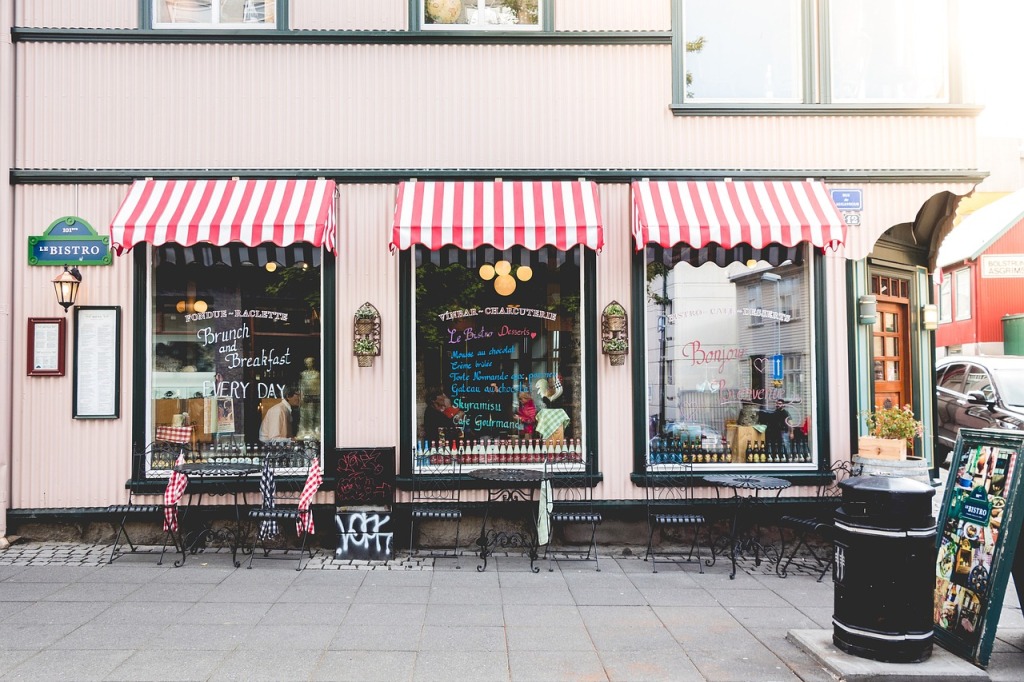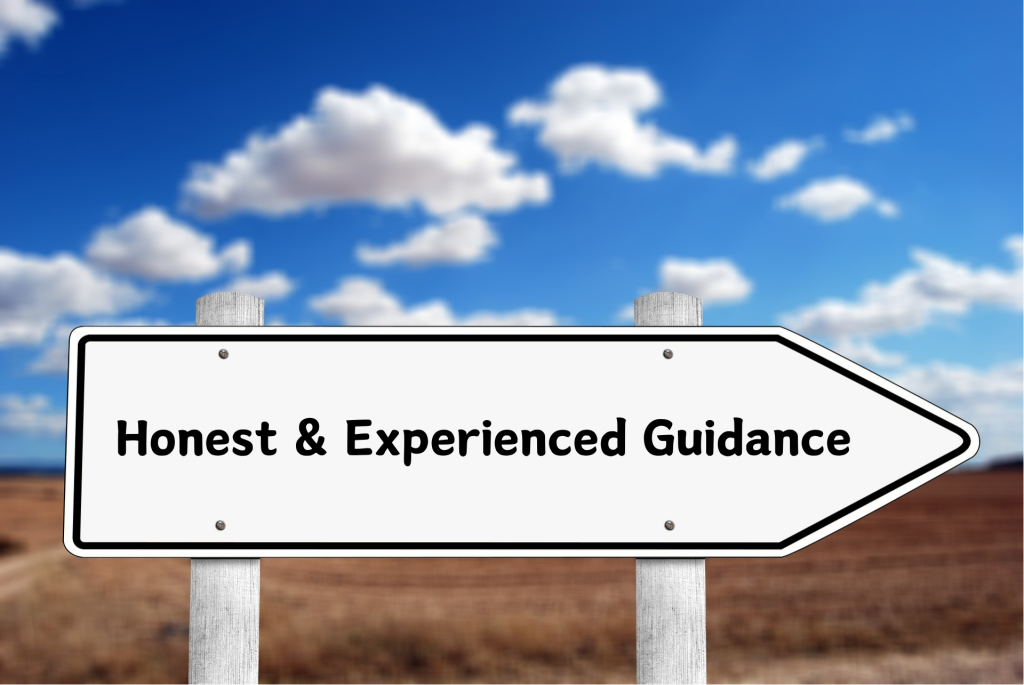Commercial real estate has been a go-to investment for individuals, institutions, and corporations looking to diversify their portfolios and generate steady returns.
Like anything else, the commercial real estate market is not immune to external economic factors, and one of the most significant factors that can throw things off-kilter is interest rates. As interest rates rise, the commercial real estate landscape experiences a series of profound effects that can impact investors, property owners, and the market as a whole. In this post, we’ll dive into the various ways in which rising interest rates can rock the world of commercial real estate.
Borrowing Costs Go Through the Roof
As interest rates climb, the cost of borrowing for commercial real estate shoots up too. This can make it more expensive to finance loans for property acquisition or development, putting a damper on new investments and making it more challenging for existing property owners to refinance their debt. The higher borrowing costs can lead to reduced property valuations and limit the profitability of real estate projects, potentially slowing down the market.

Property Values Take a Hit
Higher interest rates tend to lower property values because the higher cost of borrowing reduces the demand for commercial real estate. As the pool of potential buyers or renters shrinks, sellers may have to lower their asking prices to attract buyers or tenants. This decline in property values can have a cascading effect on the overall market, leading to lower returns for investors and causing concerns among property owners. Let’s look at today’s average rates, courtesy of StackSource.com:

Net Operating Income Gets a Squeeze
Rising interest rates can affect the net operating income (NOI) of commercial properties. When property owners face higher mortgage payments due to increased interest rates, it can put pressure on their cash flows. As a result, property owners may have to increase rents to maintain their profit margins, which can be challenging if the local market is not conducive to higher rental rates. This can create a delicate balancing act for property owners and investors.
Investors Reassess Their Game Plan
In a rising interest rate environment, investors often reassess their portfolio allocations. With the expectation of lower returns and increased borrowing costs in the commercial real estate sector, some may shift their investments to other asset classes that offer more attractive risk-adjusted returns. This shift in investor preferences can lead to reduced demand in the commercial real estate market and further impact property values.

Property Types Are Not Created Equal
Different types of commercial real estate may be affected differently by rising interest rates. For example, the impact on office and retail properties may be more significant than on industrial or multi-family properties. The demand for office space, for instance, may decrease as businesses cut back on real estate expenses in response to higher interest rates, and let’s not forget that many companies are still allowing remote work and/or hybrid schedules for their workforces. Understanding how rising rates affect specific property types is crucial for investors and property owners to make informed decisions.

The effects of rising interest rates on commercial real estate are far-reaching and complex. While higher rates can lead to increased borrowing costs, reduced property values, and shifting investor preferences, they may not necessarily spell doom for the market. Investors and property owners who keep themselves informed and adapt to changing economic conditions can still find opportunities in the commercial real estate sector. Strategies like selecting the right property types and adjusting financing options to mitigate the impact of rising rates can help navigate the challenges posed by changing interest rates. Ultimately, commercial real estate, like any investment, requires careful planning and risk management to thrive in a dynamic economic environment.

Looking for direction?
Call us today at (610) 444-7770 and let’s walk through your property investing goals, assess your risk factors, and articulate a plan that makes sense for the long game.



